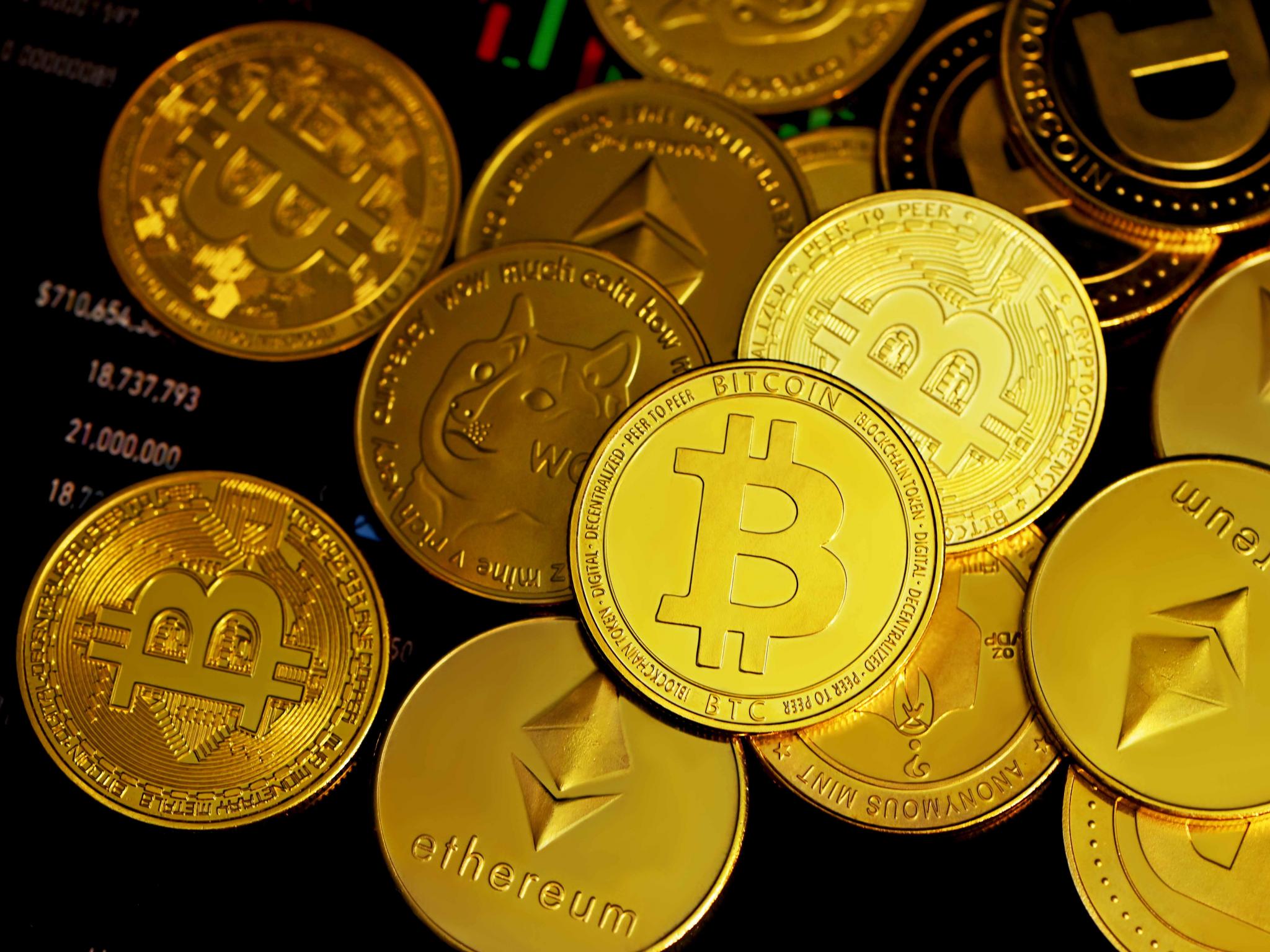
By Austin Kimm, Director of Strategy & Investments, Choise.com
Decentralized finance, or DeFi, gives users more control over their finance than ever before, providing them with new opportunities to lend, borrow, and receive income from their funds. In DeFi world there is no more need in centralized entities, no unnecessary fees are charged. Instead, users enjoy decentralized peer-to-peer platforms that ensure transfers and other financial operations take minutes, not days.
And this is not the far-off future. This is now. DeFi services are already used by millions of people around the Globe. For example, the total volume of Ethereum (CRYPTO: ETH) DeFi market as of May 2022 amounted to around $56.7 million. And this is only Ethereum – the figure does not include competitor chains like Solana (CRYPTO: SOL) or Polkadot (CRYPTO: DOT). According Emergen Research as of April 2022, DeFi market will reach $507.92 billion by 2028, mainly due to the development and adoption of DeFi platforms and protocols.
Despite the impressive statistics, current market conditions indicate that several critical issues restrain the widespread adoption of digital assets. Namely (1) incompatibility of DeFi and CeFi, (2) inability to recover funds, (3) high-risk yield with no guarantees, (4) unclear lending and borrowing mechanisms, and (5) trading options limitations.
That said, let us turn to the projects that attempt to solve the issue of DeFi wider recognition and study them in detail.
Issue No 1: questionable yield schemes
The most widely criticized DeFi feature is high-yield farming, borrowing, and staking. It is also used by regulators that intend to ban operations with digital assets in their countries. Legislators implement the warning policy not only to users who attempt to test this feature but also to platforms that are not providing their users with the information on the amounts that could be earned.
In this regard crypto industry needs high-yield instruments with clear interfaces and UX/UI adoption.
A nice example here is Gnox platform. Each transaction on the platform is proceeded with ten percent fee. Six percent of that fee goes directly to the platform DeFi treasury which then provides liquidity to various pools. Part of earnings from these pools is distributed to Gnox token holders based on the size of their holdings, providing them with additional passive income.
Issue No 2: seed phrase dependence
Another issue to be solved is the opportunity for users to get their money back if they lose their seed phrase. It should be taken for granted – we all forget passwords sometimes. Still only centralized wallets seem to offer different ways to verify and restore your account, which is inconvenient for people who want to stay anonymous.
Timeless 1 Wallet focuses on providing DeFi users with 10% or more annual ROI without worrying about traditional wallet issues like seed phrases. The wallet supports multiple assets, including Bitcoin (CRYPTO: ETH) and Ethereum, and offers staking and lending protocols. Being developed by ex-Google developers, the wallet uses Google Authenticator for security purposes rather than traditional wallet procedures and is offering 20% annual interest for its first million users.
Issue No 3: high-risk lending and borrowing mechanisms
When it comes to crypto, it has never been easy to talk about lending and borrowing. Especially after what happened to Celsius and what is happening nowadays. It is always stressful to have debt, but it is even more stressful to stay inside a volatile market where the amount of interest you pay changes every minute.
Projects like the Hubble Protocol have the potential to change the way things are done. The platform allows users to deposit assets such as Bitcoin in exchange for loans in the form of the platform’s USDH stablecoins with almost no interest for borrowing. Hubble Protocol also incentivizes users with its HBB governance token. Investors who stake $HBB are set to earn 85% of the fees generated by transactions within the platform.
Issue No 4: DeFi and CeFi incompatibility
Both DeFi and CeFi have their pros and cons, but the truth is that many problems might disappear if users could use both features at the same time.
Choise.com is an innovative project that combines the power of both CeFi and DeFi into a format called MetaFi. Through such Choise.com built-in options as MetaFi Charism platform, Crypterium wallet and subsequent CHO token, users enjoy crypto bank, access to high-yield DeFi instruments, single entry point to various DeFi protocols, simplified cross-chain bridges, and easy on- or off-ramping from centralized and decentralized services.
Issue No 5: restricted trading opportunities
Even active traders and people ready to bear risks are sometimes deprived of such opportunities due to lack of connections between different protocols in DeFi. High commissions, limited instruments, and leverage are common problems for new traders.
Through MarginFi, traders can manage their margins and risks across all Solana-powered protocols and receive opportunity to trade with leverage in the areas where they previously couldn’t. The solution provides single space for users to manage all margins, streamlining the process and making it easier to spread out their funds.
Conclusion
All written above is not intended to promote projects that provide solutions, but rather to demonstrate the existence of alternative approaches to even the most complicated issues. Just remember: if there is no solution to the problem yet, it does not mean that there will be no solution in the future.
DeFi is the world of infinite opportunities that is still on its early stage of development compared to traditional finance. Thus, it should invest more time and creativity to resolve what appears to be a critical issue today.







